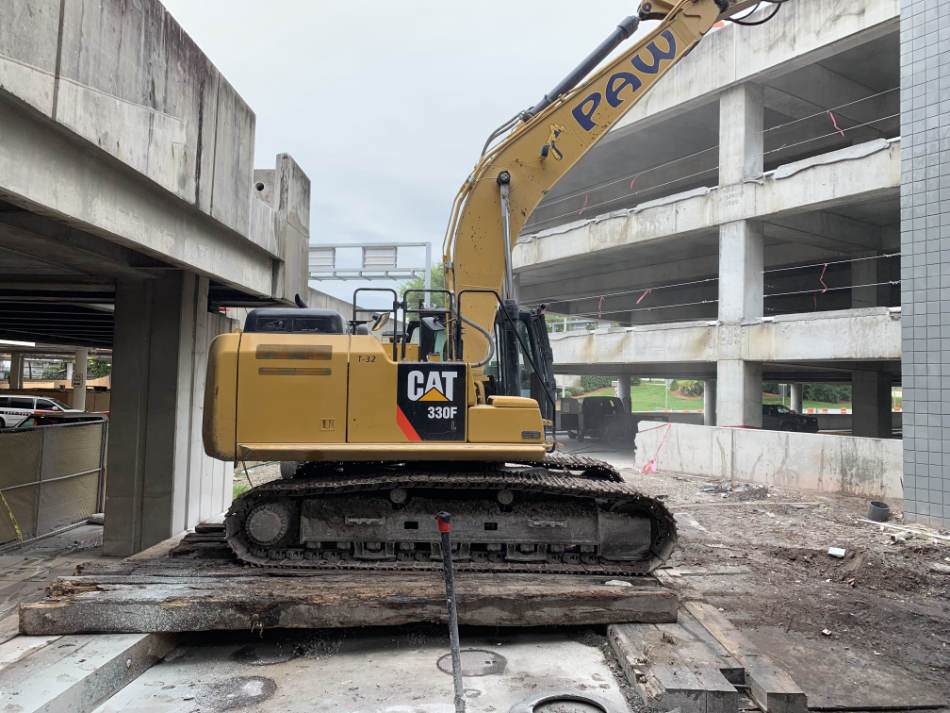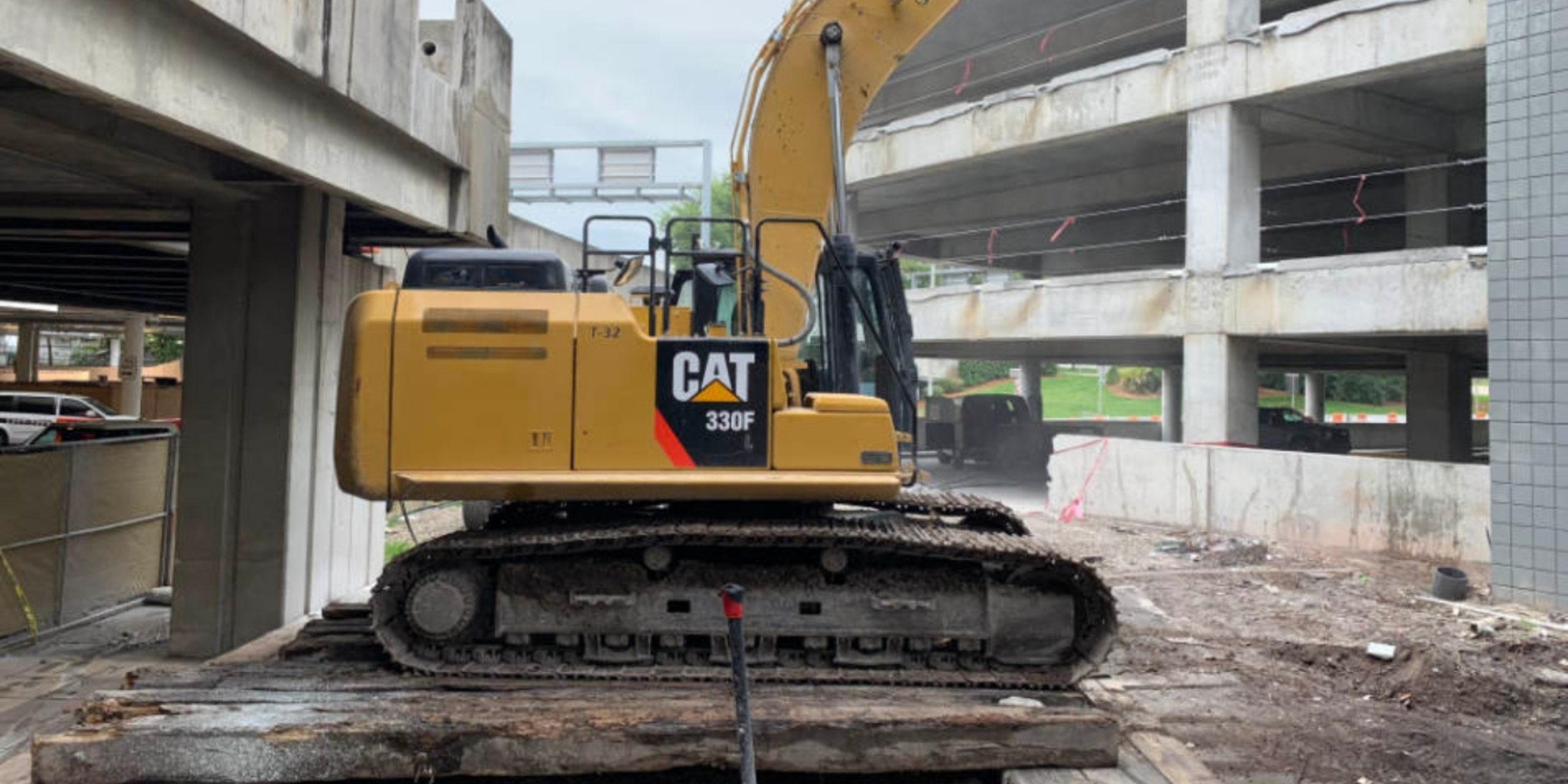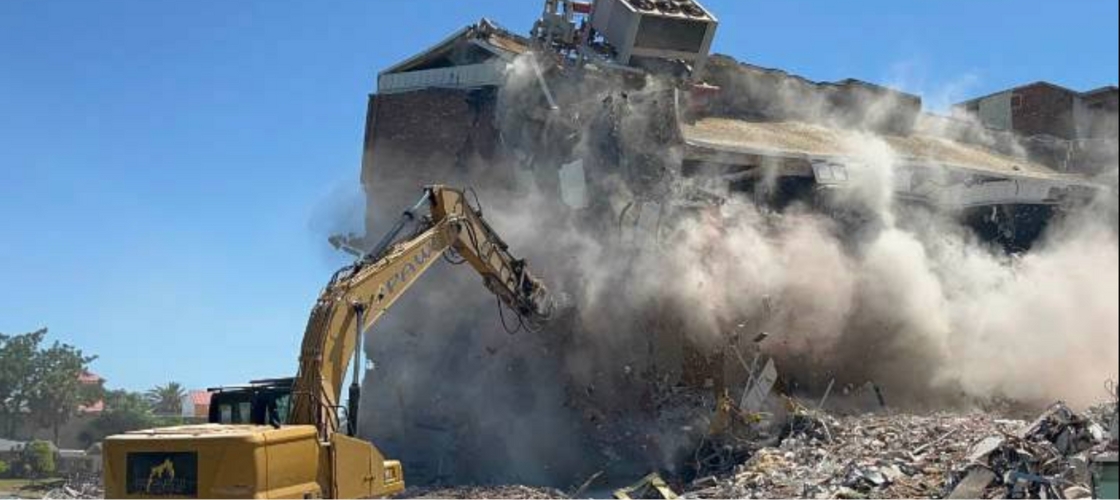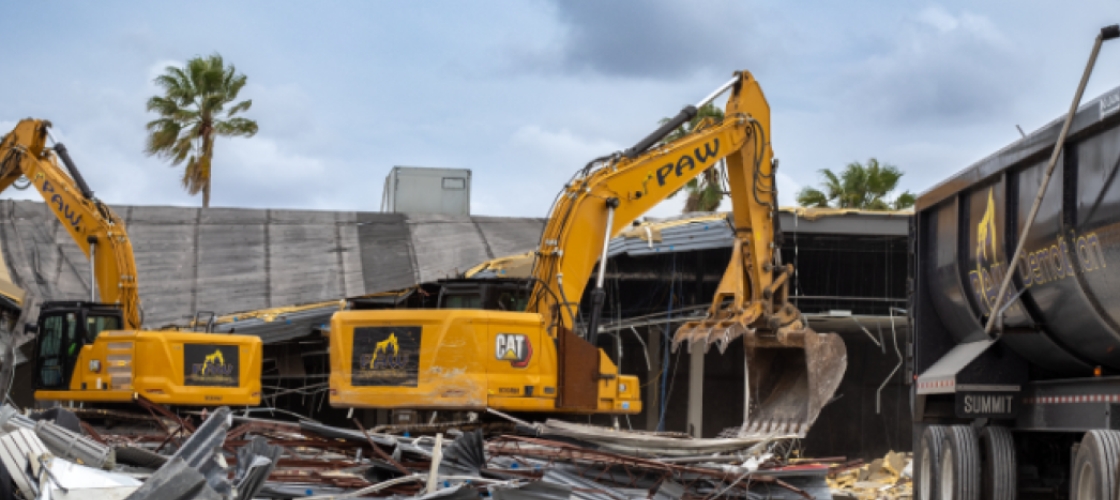When most people hear the word “demolition,” they picture dramatic explosions, collapsing buildings, and clouds of dust.
But in the real world, especially in places like Port Richey, FL, demolition is a lot more thoughtful and strategic.
At the center of this transformation is controlled demolition, a highly engineered process designed to bring down structures safely, efficiently, and precisely.
Whether you’re planning to redevelop an old commercial property, remove a storm-damaged building, or make way for new infrastructure.
Understanding how controlled demolition works is crucial. It’s not just about knocking things down, it’s about doing it right.
What is Controlled Demolition?
Controlled demolition is the intentional, carefully planned dismantling of a structure using specialized techniques and equipment.
Unlike traditional demolition, which might rely solely on brute force, controlled demolition is all about precision.
The goal is to bring down a building or part of a building in a safe, predictable way, often without disturbing nearby structures.
In many cases, this means using explosives in a calculated sequence to cause a building to collapse inward, a method known as implosion.
But controlled demolition can also involve mechanical methods like excavators and high-reach arms when working in tighter or more sensitive environments.
This approach is common in both residential and industrial demolition projects across Florida, especially when safety and environmental impact are top concerns.
It’s also why cities like Port Richey increasingly rely on demolition professionals with deep local experience and the right equipment for the job.
The Science and Strategy Behind It
Controlled demolition might look like a quick collapse, but the process behind it is anything but fast or simple.
It starts with a detailed structural assessment to understand how the building was originally constructed.
Engineers look at load-bearing walls, columns, floor systems, and materials to identify the best way to take the structure down.
Next comes a safety plan. That includes environmental considerations like nearby wetlands or protected habitats, utilities that need to be shut off, and emergency protocols.
Timing is critical, especially if explosives are involved, and everything must be done in coordination with local authorities.
One of the most recognized forms of controlled demolition is the implosion technique, where strategic explosive charges weaken key supports, causing the building to fall inward.
This method is used primarily in urban areas or tight construction zones where minimizing outward debris is essential.
But implosions are just one tool. Many jobs require sequential demolition, where the building is taken apart piece by piece.
This is often necessary in areas like Port Richey where coastal regulations may apply.
This slower, methodical process is often used when structures are close to residential neighborhoods or businesses that must remain open during the demolition.
Common Techniques Used in Controlled Demolition
Depending on the project’s size, location, and goals, demolition experts choose from several proven techniques. Here are the most commonly used ones:
- Explosive Demolition (Implosion): Precisely placed charges cause a structure to collapse inward. Best for large, structurally sound buildings.
- Mechanical Demolition: Using heavy machinery like high-reach excavators, bulldozers, and cranes, crews take down buildings piece by piece. This method is quieter and more controlled.
- Selective Demolition: Often used in renovation projects, this method removes only certain parts of a structure while keeping others intact.
- Deconstruction: A labor-intensive approach focused on salvaging reusable materials like wood, steel, or copper before demolition occurs.
Each method has its own strengths and applications, and often, multiple methods are combined on a single job.
For instance, this Tampa Bay building demolition used mechanical methods first to strip out the interior before explosive charges were placed for the final takedown.
Why Controlled Demolition is Preferred in Florida Projects
Florida’s unique mix of coastal cities, aging infrastructure, and growing development makes it a prime location for controlled demolition.
In places like Port Richey, it’s often the safest and most efficient option.
Controlled demolition is favored here because hurricane-resilient building codes require the removal of outdated or weakened structures before stronger, modern buildings can go up.
In densely populated neighborhoods and high-traffic tourist zones, demolition needs to be precise to avoid disrupting the surrounding environment.
Environmental concerns are also front and center, especially when projects are near wetlands or coastal waters.
Redevelopment is booming across Pasco County and the Tampa Bay area, which includes Port Richey.
From waterfront condos to updated office parks, contractors are choosing controlled demolition to make space for new, code-compliant construction.
For example, this bridge project in Florida used a methodical, non-explosive demolition strategy to avoid disturbing traffic and nearby waterways.
Safety Measures and Regulatory Compliance
You can’t just bring down a building in Florida without navigating a maze of regulations. Local governments, especially in coastal communities like Port Richey, enforce strict rules on how and when demolition can occur.
Controlled demolition projects must meet state and local permitting requirements, pass environmental impact assessments, comply with OSHA safety standards, and follow noise and dust mitigation protocols.
Licensed contractors, like those highlighted in this Pasco County demolition contractor guide, go through rigorous planning to ensure every step of the process protects workers, neighbors, and the environment.
From fencing off the site to coordinating with utility companies, every precaution is taken to make the process as smooth and as safe as possible.
Choosing the Right Demolition Contractor in Port Richey, FL
Not all demolition crews are created equal. In Port Richey, where both environmental and community standards are high, you need a contractor with local experience and specialized equipment.
Look for companies that understand Florida’s climate and regulatory requirements, have proven experience with both commercial and residential demolition, and offer site-specific planning. A quality contractor will be licensed, insured, and able to walk you through the entire process step by step.
For a good example of the type of firm to consider, take a look at this summary of commercial demolition trends in Tampa, which highlights how the right technology and approach make all the difference.
Frequently Asked Questions About Controlled Demolition
How long does controlled demolition take?
The actual demolition may only take minutes, but the planning, permitting, and preparation can take weeks or even months depending on the size and location of the project.
Is controlled demolition safe for surrounding buildings?
Yes, when done by qualified professionals. The entire point of controlled demolition is to ensure nearby structures remain untouched, especially in dense areas like downtown Port Richey.
What happens to the debris after demolition?
Most contractors include cleanup as part of the job. Recyclable materials are often salvaged, and the rest is hauled to approved waste facilities in accordance with Florida regulations.
Can you use controlled demolition for small residential projects?
Absolutely. While implosions are rare for homes, mechanical and selective demolition methods are commonly used for residential tear-downs or renovations.
How do I know if I need controlled demolition or just remodeling?
If the building has major structural damage, outdated materials, or you’re planning a complete rebuild, controlled demolition is usually the safer and more cost-effective choice.
 Plan Your Tear Down
Plan Your Tear Down
Fast, reliable demolition services from licensed pros with decades of field experience.

Fast, reliable demolition services from licensed pros with decades of field experience.
What This Means for You
If you’re in Port Richey and thinking about removing an old building, whether it’s storm-damaged, outdated, or simply in the way of something better, controlled demolition may be the smartest move you can make.
It’s safer, cleaner, and designed for today’s complex urban and environmental challenges.
With the right team and the right plan, demolition isn’t destruction. It’s progress, and in a city growing as fast as Port Richey, that’s exactly what’s needed.



